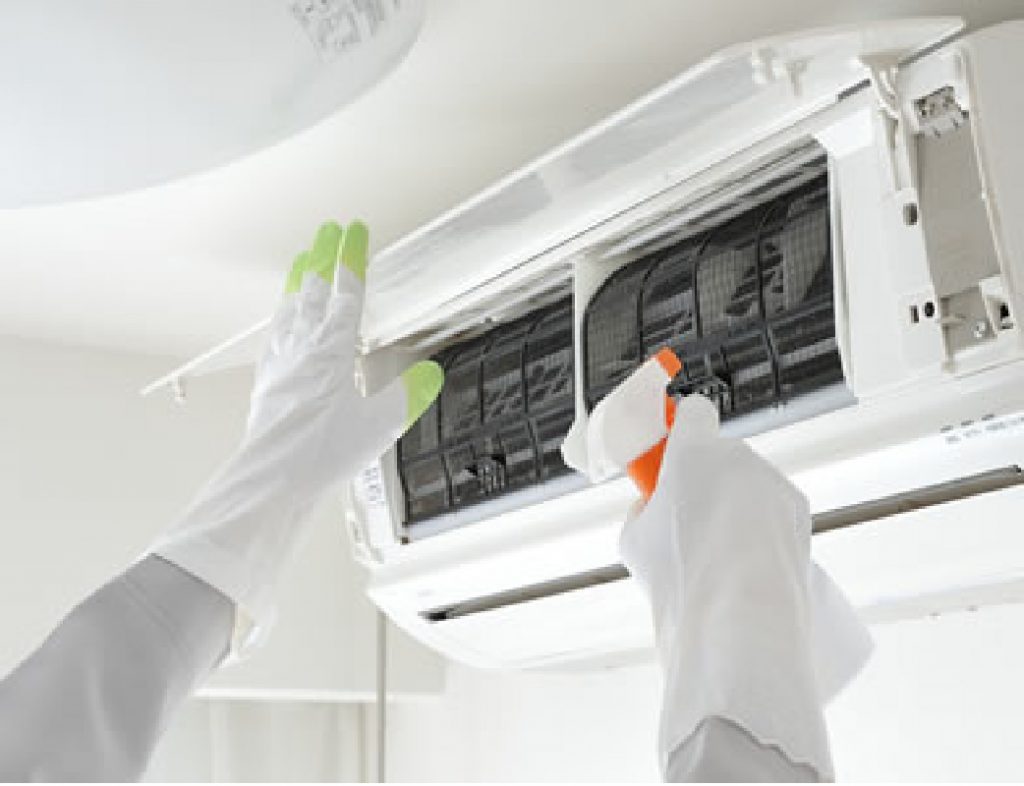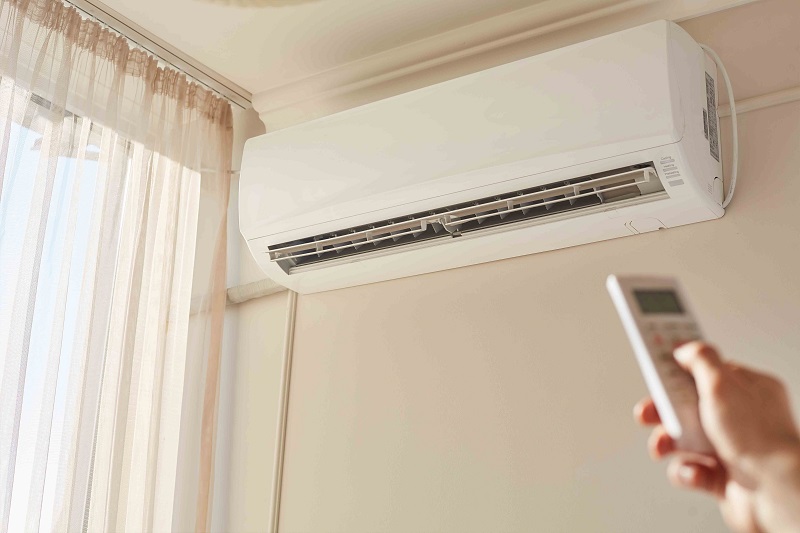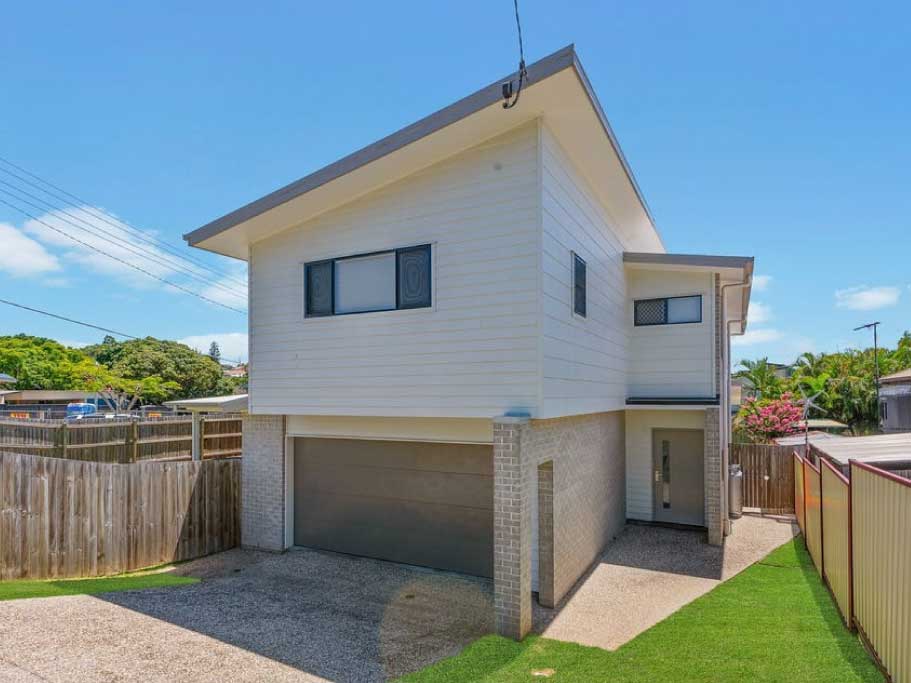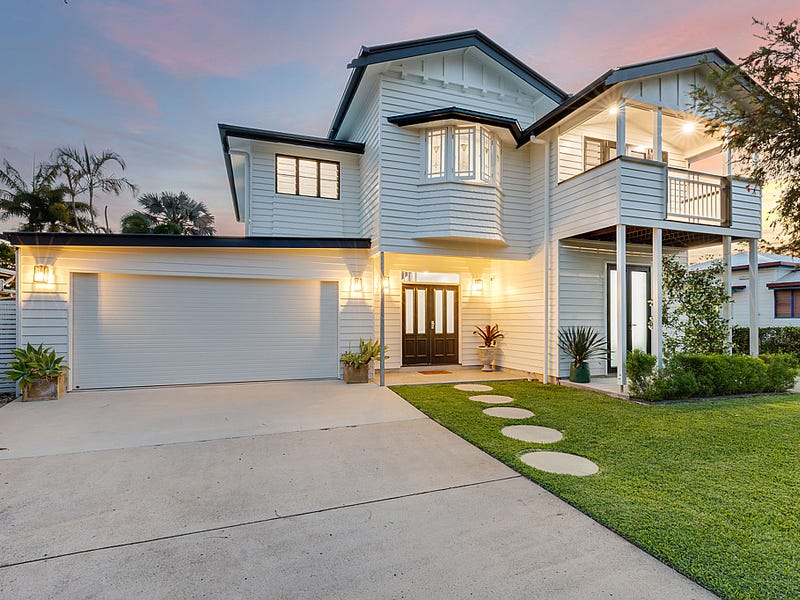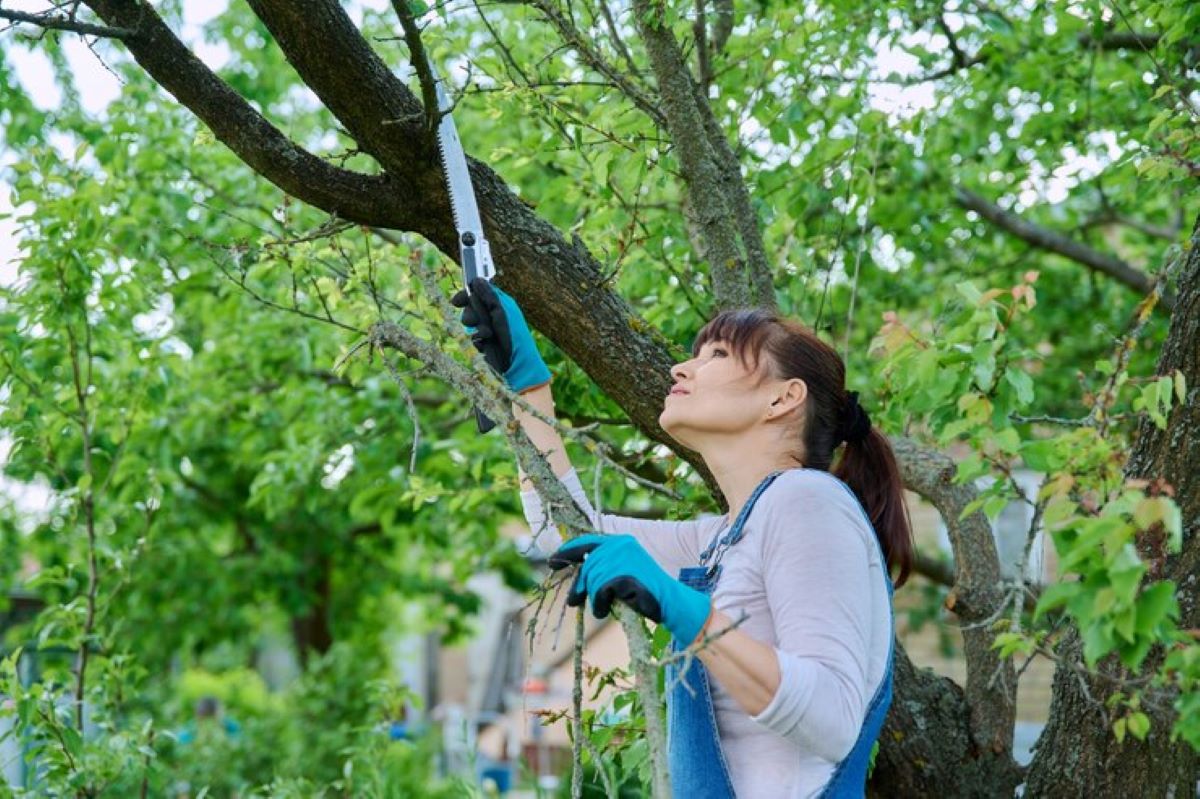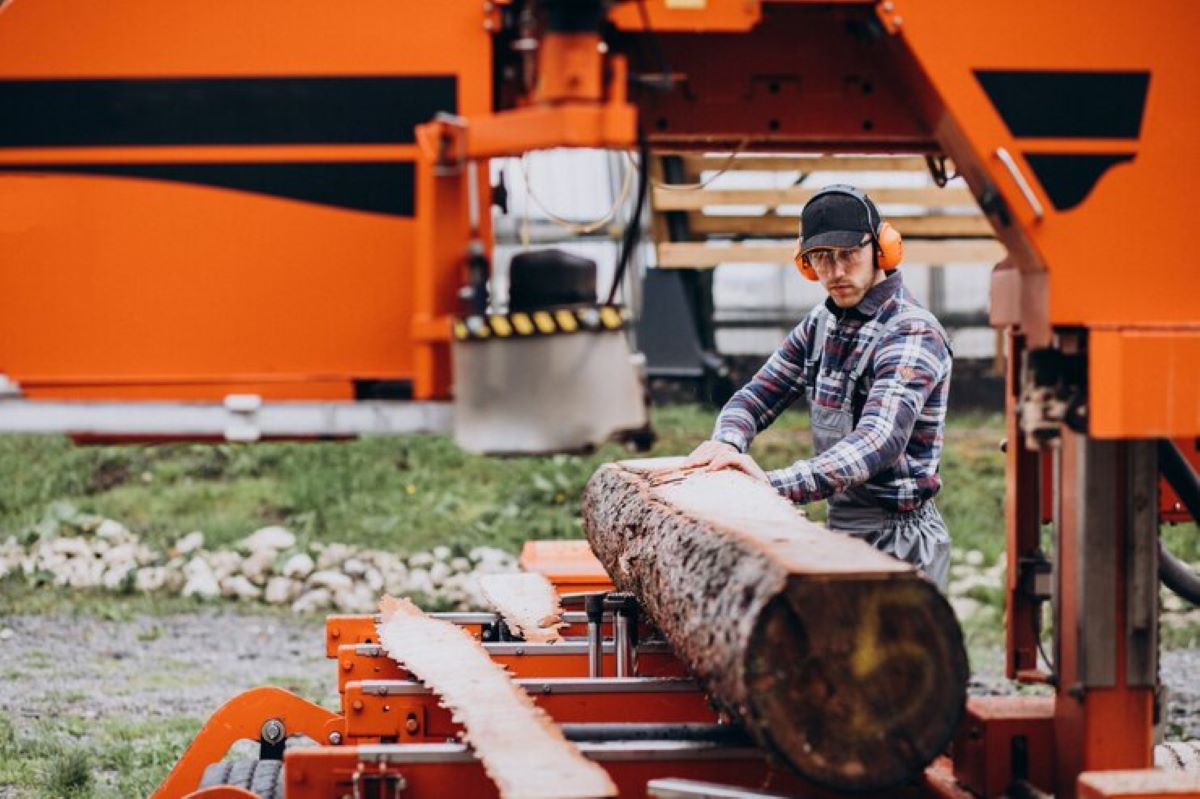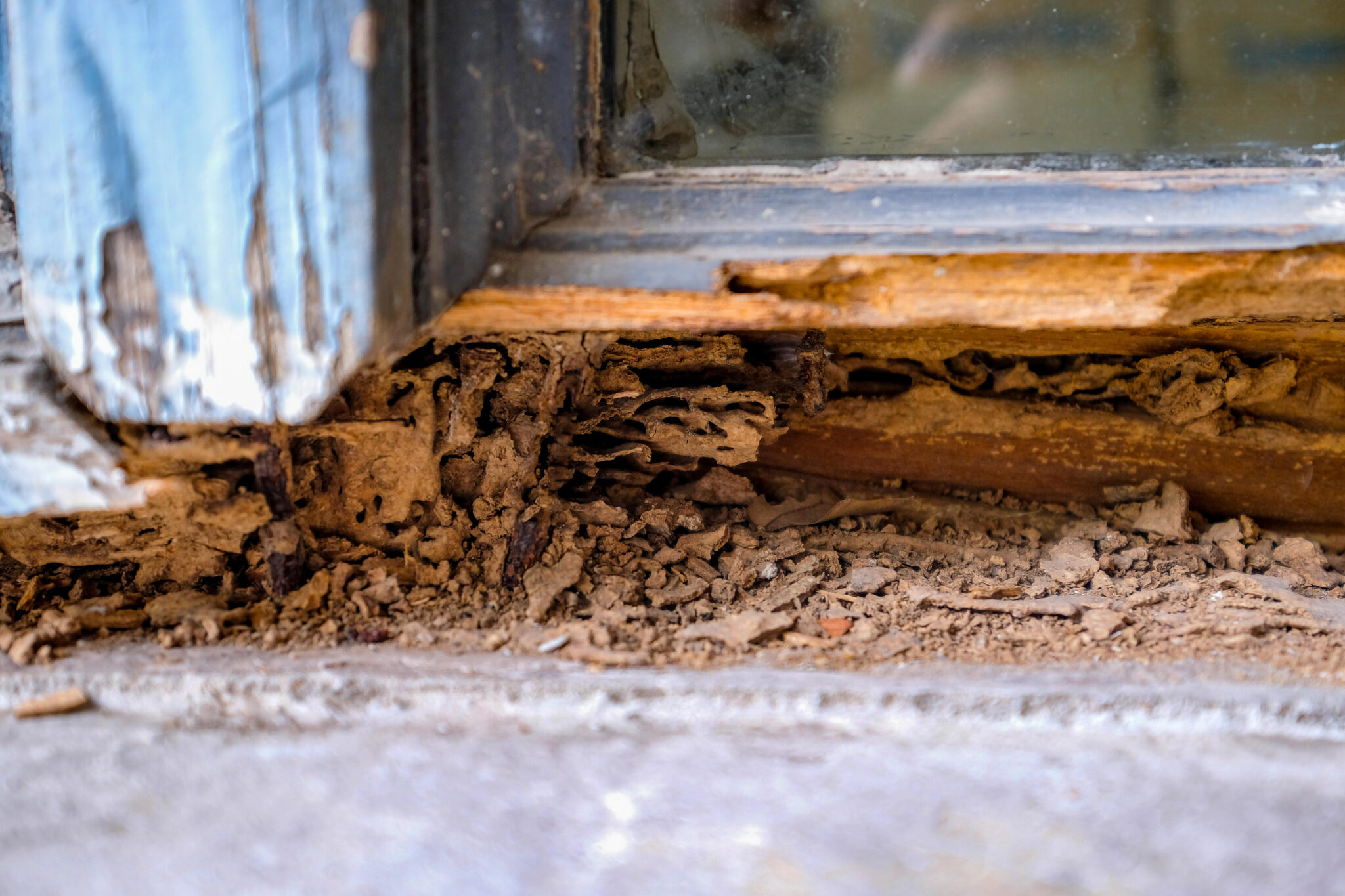-
How a Property Buyers Agent Newtown Finds Homes Off Market
Every savvy buyer understands that the most lucrative property deals often lie beyond those found on public listings. A property buyers agent in Newtown has the expertise, local knowledge, and connections needed to unearth those hidden gems. In this comprehensive guide, we explore the strategies, networks, and techniques used to source off-market properties, ensuring buyers gain access to exclusive opportunities in today’s competitive market. The Role of a Property Buyers Agent in Newtown Defining the Buyers Agent Function A property buyers agent Newtown acts as a dedicated advocate for buyers, guiding them through every stage of the purchase process. Their role is to identify properties that are not widely advertised…
-
Why a Newtown Buyers Agent Is Key in High Demand Urban Pockets
Newtown is not just a place with attractive cultural cues like heritage terraces, quirky cafes, and vibrant live music venues. The market brews up a unique blend of urban excitement and competitive pricing that demands expert insight. A Newtown buyers agent can be the guiding force you truly need when navigating high-demand urban pockets, ensuring you secure the best deal. With shifting statistics and diverse neighbourhood dynamics, local expertise is non-negotiable. Some areas have seen significant changes in pricing and real estate trends, while others are undergoing rapid transformations in commercial precincts. Working with a Newtown buyers agent helps balance your property aspirations with the market’s shifting realities by providing…
-
Aircon Repairs Blacktown: Common Faults and Fast Fixes
Why Are Timely Aircon Repairs Crucial in Blacktown? Timely aircon repairs Blacktown services prevent minor issues from escalating into expensive system failures that leave homes and businesses without cooling during hot weather. Addressing problems early maintains energy efficiency, reduces power bills, and extends the lifespan of your air conditioning unit. Blacktown’s climate places significant demands on cooling systems, making them susceptible to wear and tear. Delaying repairs can lead to complete system breakdowns, often at the most inconvenient times. Timely aircon service blacktown services ensure your unit operates at peak performance, maintaining comfortable indoor temperatures without overworking the system. Common aircon faults in Blacktown include: These problems don’t resolve themselves.…
-
Hornsby Air Conditioning Guide for Humid and Bushland Areas
How Do Environmental Factors Affect Air Conditioning in Hornsby? Hornsby’s environmental factors directly impact air conditioning performance through high humidity levels, extensive bushland coverage, and seasonal bushfire threats. The area’s unique position creates a microclimate where moisture-laden air meets dense native vegetation, demanding specialized cooling solutions. Understanding Hornsby’s Climate Characteristics The region experiences persistent humidity throughout warmer months, with moisture levels regularly exceeding 70%. This humid climate creates specific challenges for hornsby air conditioning readers, as Hornsby air conditioning systems face conditions that differ from drier suburban areas. The extensive bushland surrounding residential zones traps moisture while limiting air circulation, intensifying the cooling load on HVAC equipment. Native eucalyptus forests…
-
Sydney Property Buyers Agent Guide to Apartment vs House Value
As Sydney’s property market continues to evolve, potential buyers are faced with a crucial decision: should they invest in an apartment or a house? This guide aims to provide valuable insights into the differences in value between these two types of properties, helping you make an informed choice that aligns with your lifestyle and financial goals. Understanding the Sydney Property Market The sydney property buyers agent market is renowned for its dynamic nature, with fluctuations in prices and demand influenced by various factors, including economic conditions, interest rates, and buyer sentiment. As of March 2025, the median dwelling value in Sydney stands at $1,186,459, reflecting a modest annual growth rate…
-
Top 7 Insights from a Sydney Buyers Agency on Off-Market Purchases
In the dynamic landscape of Sydney’s real estate market, off-market property transactions have gained significant traction among buyers and sellers alike. With over 20% of homes sold off-market in 2024, understanding the nuances of these transactions is essential for anyone looking to navigate the property market effectively. Here, we delve into the top seven insights from a Sydney buyers agency regarding off-market purchases, shedding light on both the advantages and potential pitfalls of this growing trend. 1. Understanding Off-Market Sales Off-market sales refer to properties that are sold without being publicly listed on traditional real estate platforms. This approach can be appealing for various reasons, including privacy and exclusivity. Sellers…
-
Tree Pruning Near Me: How to Find Reliable Local Services
When you search for “tree pruning near me”, you’re taking a crucial step towards maintaining your property’s safety and aesthetic appeal. Tree pruning serves as a fundamental practice that promotes healthy growth whilst eliminating potential hazards such as dead branches, diseased limbs, and structural weaknesses that could pose risks to your home, family, and neighbours. The demand for reliable local tree services has grown significantly as property owners recognise the importance of professional tree care. You need skilled arborists who understand local tree species, climate conditions, and council regulations specific to your area. Amateur pruning attempts often result in permanent damage to trees and can create safety hazards rather than…
-
Tree and Stump Removal: Complete Yard Clearing Services
What Are Tree and Stump Removal Services? Tree removal involves the complete extraction of trees from your property, addressing safety hazards, disease concerns, or aesthetic improvements. This essential service maintains both the visual appeal and structural integrity of your outdoor space. Professional arborists assess each tree’s condition, location, and potential risks before executing precise removal techniques that protect surrounding vegetation and property structures. Stump grinding represents the most popular method for eliminating tree remnants after removal. Specialised self-propelled grinders reduce stumps to wood chips below ground level, creating smooth surfaces ready for landscaping. This process prevents regrowth whilst eliminating tripping hazards and pest harbourage sites. Stump pulling offers an alternative…
-
Commercial Air Conditioning Hornsby: Efficient Solutions for Offices and Businesses
Commercial air conditioning Hornsby solutions are a crucial investment for any business in today’s competitive world. Effective climate control systems directly impact employee productivity, customer satisfaction, and operational costs in all types of commercial spaces. Hornsby is a bustling business hub that connects Sydney’s Upper North Shore with the Hills District. This prime location is home to various businesses, including corporate offices and retail stores, all of which require customised office air conditioning systems to maintain comfortable working conditions throughout the year. The benefits of reliable business climate control go beyond comfort. Research consistently shows that well-maintained indoor temperatures improve brain function, decrease sick leave, and boost employee retention rates.…
-
Property Investing in the Eastern Suburbs: The Buyer’s Advocate Advantage
Sydney’s Eastern Suburbs are one of the most prestigious and sought-after areas in the country. With their stunning beaches, vibrant culture, and proximity to the CBD, it’s no wonder investors are flocking to this part of the city. However, the high demand and limited supply make it a challenging market for those looking to make a profitable property investment. Whether you’re a seasoned investor or a first-time buyer looking to enter the market, navigating the competitive landscape of the Eastern Suburbs can be overwhelming. This is where a buyer’s advocate can make all the difference. The Challenge of Investing in Sydney’s Eastern Suburbs Sydney’s Eastern Suburbs are home to some…


